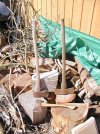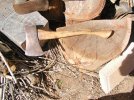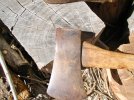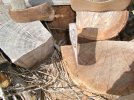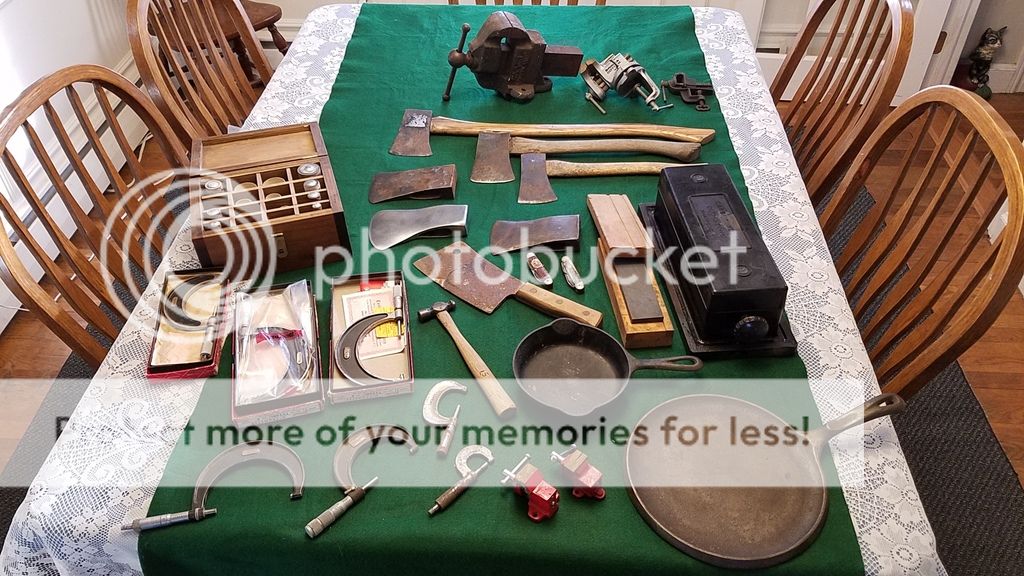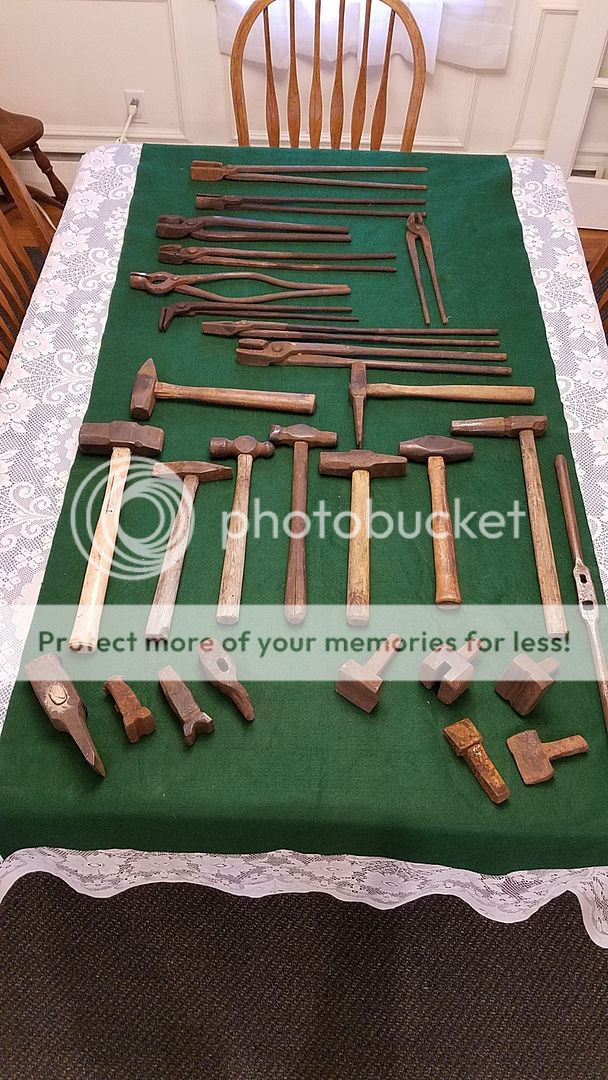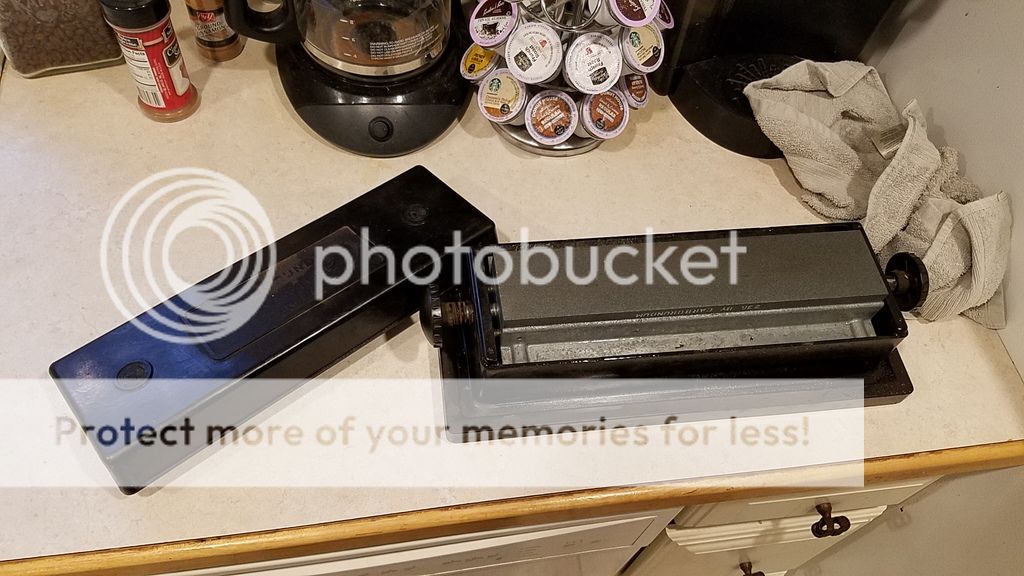In case it's not too obvious, W. Germany existed for only 41 years, between 1949-1990, so that narrows down its age.
Interesting. The war in Europe officially ended May 8th 1945. The Soviets and Allies partitioned Berlin into 4 sectors almost immediately. I didn't realize it took another 4 years for two formal states (east and west) to be recognized. When post war industries slowly came back on line what did they stamp their products with to identify country of origin? Namely what would an axe, can opener, stock pot or hammer head manufactured between 1945 and 1949 have stamped on it?




